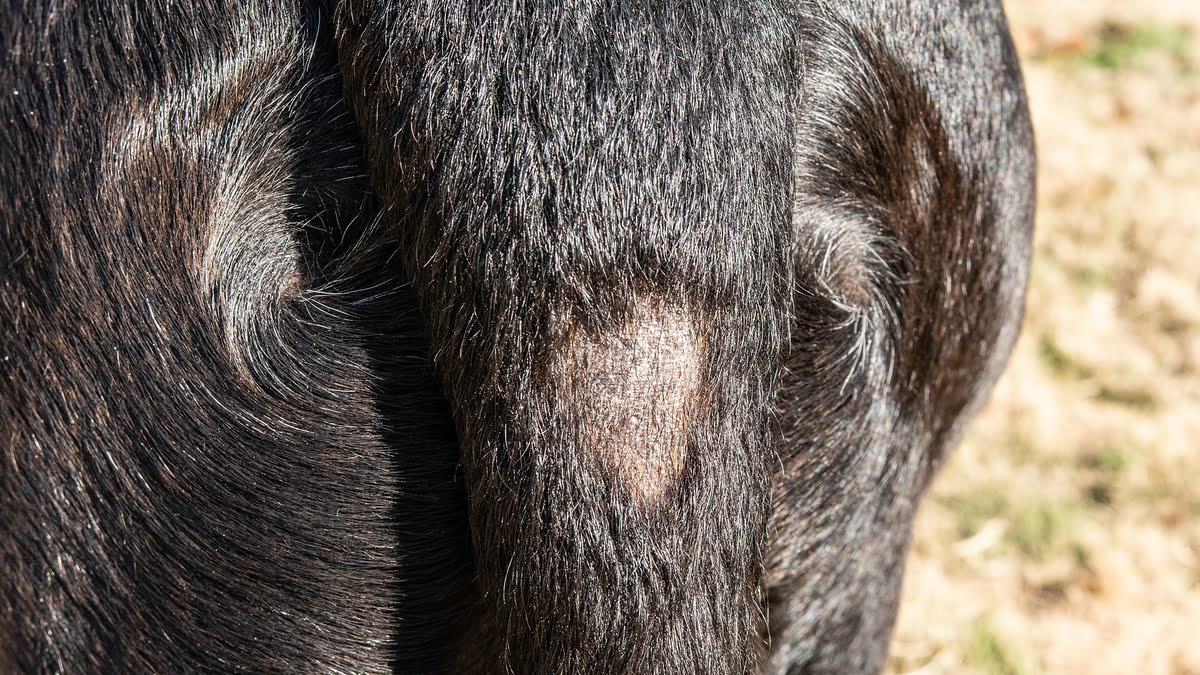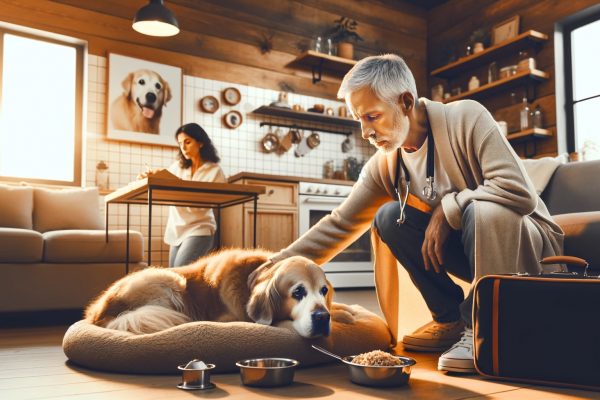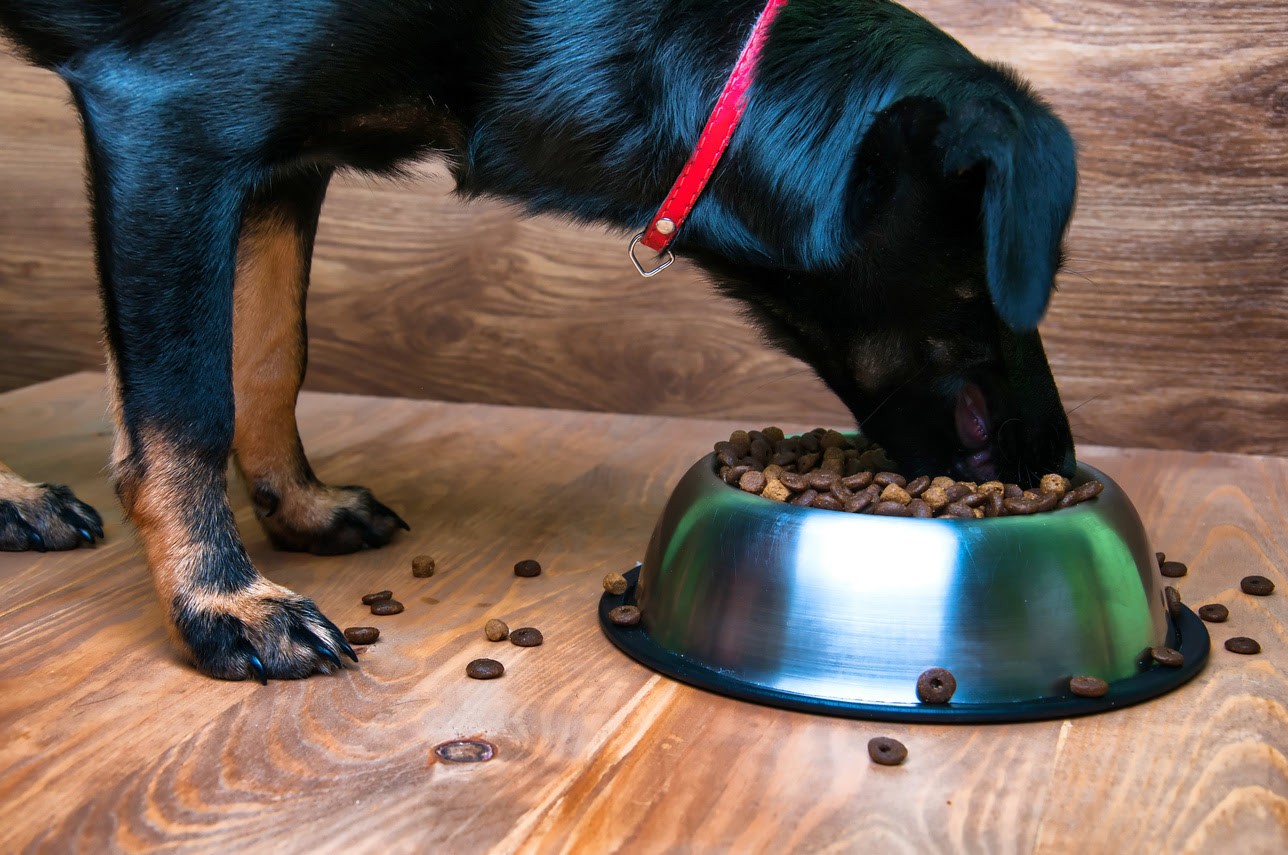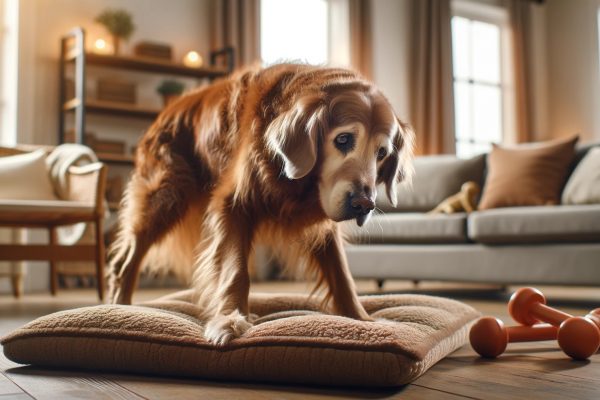Home>Health & Wellness>Common Health Issues>Eye and Ear Health>Coping with Hearing Loss in Your Old Dog: A Comprehensive Guide
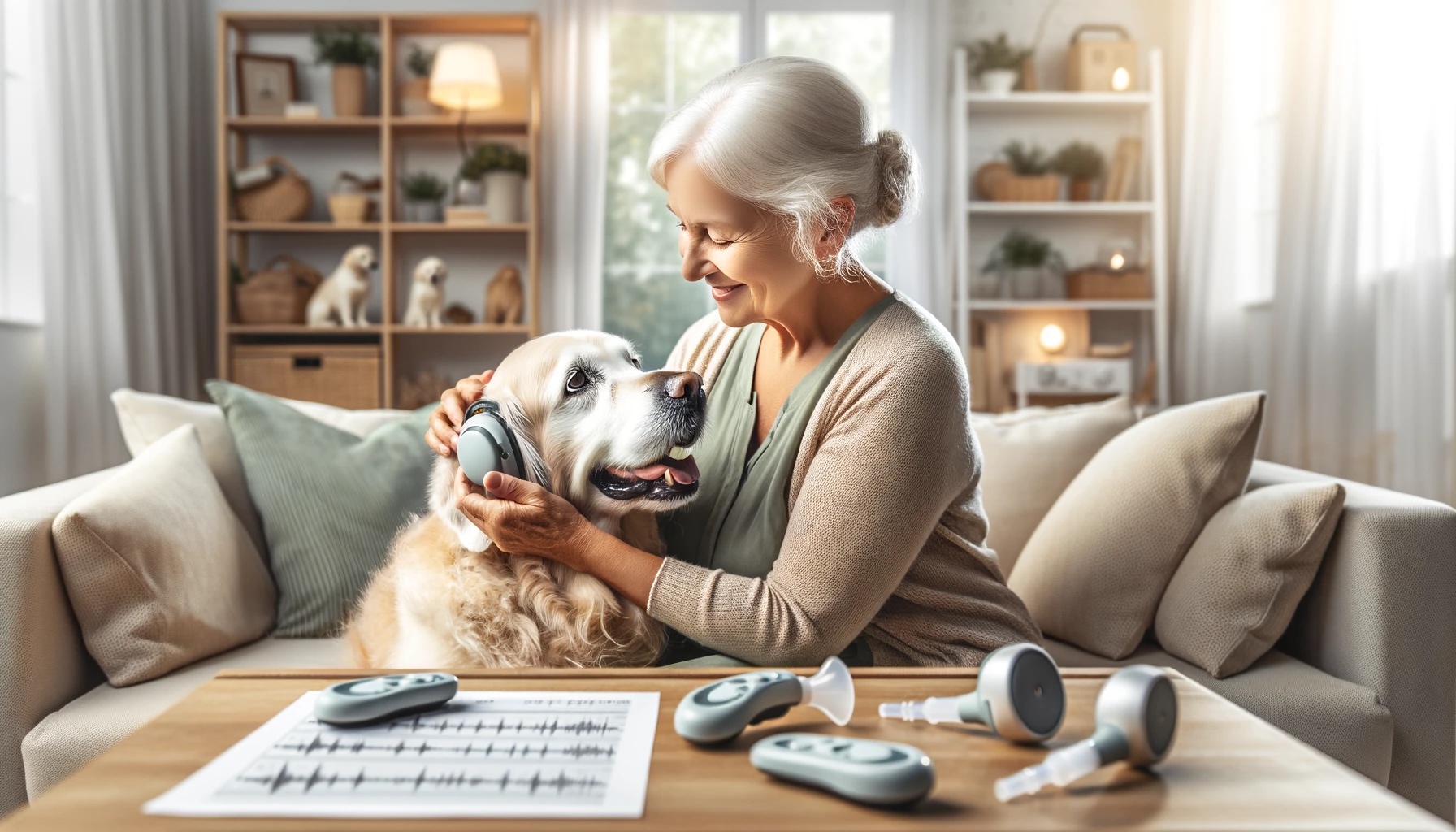

Eye and Ear Health
Coping with Hearing Loss in Your Old Dog: A Comprehensive Guide
Modified: November 27, 2023
When your loyal canine companion enters their golden years, hearing loss can be a significant change for both of you. Read on to find out more.
(Many of the links in this article redirect to a specific reviewed product. Your purchase of these products through affiliate links helps to generate commission for Pawsomeoldies.com, at no extra cost. Learn more)
When your loyal canine companion enters their golden years, hearing loss can be a significant change for both of you. Understanding and adapting to your dog’s hearing impairment is crucial for maintaining their quality of life. This blog post is dedicated to helping you navigate the challenges of hearing loss in older dogs.
Understanding the Causes of Hearing Loss
Hearing loss in dogs is typically a result of aging, where the hair cells in the inner ear degrade. It’s a gradual process and not usually caused by factors like loud noise, as in humans. Instead, it’s often just a consequence of getting older.
Read more: What Helps A Dog With Hair Loss From Fleas
Early Signs of Hearing Loss
Many dog owners miss the initial stages of hearing loss. It might start with not responding to certain frequencies or seeming confused about where sounds are coming from. Dogs might lose hearing more in one ear than the other at first, leading to disorientation.
How Dogs Adapt to Hearing Loss
Dogs often adapt well to the loss of hearing. They may start relying on vibrations from the floor to detect someone approaching. This compensation means they may react differently when on different surfaces like carpets or hard floors.
The Emotional Impact on Dogs
While dogs can’t communicate their feelings about hearing loss, changes in behavior may indicate anxiety or distress related to their reduced ability to hear. This is particularly true for sudden hearing loss, where they experience a disconnect from their environment and from you.
Strategies to Support Your Dog
- Be Patient: Understand that your dog’s behavior might change and they need time to adjust.
- Use Visual Cues: Substitute verbal commands with hand signals or gestures.
- Create a Safe Environment: Remove hazards that your dog might not hear, like silent electronic devices or cars if outdoors.
- Use Vibrations: Tap the floor or use a vibration collar to get your dog’s attention (ensure it’s not a shock collar).
- Maintain a Routine: Keeping a consistent routine can help reduce anxiety and confusion for your deaf dog.
Training with Vibration Collars
A vibration collar can be an excellent tool for communication. It vibrates in a way similar to a phone notification and can be used to teach your dog to look at you when they feel the vibration. Always pair it with a treat to create a positive association.
Testing Your Dog’s Hearing
You can do simple tests at home to assess your dog’s hearing. Try snapping your fingers or clapping behind your dog’s head to see if they react. A lack of response can indicate hearing loss.
Communicating with Your Deaf Dog
It’s important to find new ways to communicate. This could include:
- Learning and using dog sign language.
- Using a flashlight or other light signals for communication.
- Getting down to their level and using touch as a means of communication.
Addressing Anxiety and Disorientation
If your dog shows signs of anxiety or disorientation, consult with a veterinarian or a professional dog behaviorist. They can provide strategies and, if necessary, medication to help ease your dog’s transition into a world with less auditory input.
Avoiding Startling Your Dog
Be mindful not to startle your dog, as they can no longer hear you approach. Always make sure they can see you as you approach, especially when they are sleeping.
Keeping Your Dog Safe Outdoors
With hearing loss, your dog might not respond to danger cues, such as a car horn. Always keep them on a leash while outside and in a secure area where they can’t wander off.
Enhancing Other Senses
Encourage the use of other senses. Engage in scent games or provide toys with different textures to stimulate their sense of smell and touch.
Regular Health Check-ups
Ensure regular veterinary check-ups to monitor your dog’s overall health and manage any other age-related issues that might compound their hearing loss.
Read more: Understanding and Managing Old Dog Anxiety
The Power of Touch
Increased physical contact can reassure a dog with hearing loss. Gentle petting or a calming massage can help them feel connected and secure.
Embracing the Change
While coping with your old dog’s hearing loss can be challenging, it’s also an opportunity to bond in new ways. Embrace this change and explore different methods of interaction that can deepen the connection between you and your dog.
Wrapping Up: A New Chapter of Care
Caring for a senior dog with hearing loss is a journey of adaptation and understanding. By learning to communicate in new ways and providing the right support, you can help your dog enjoy their golden years with comfort and happiness.





